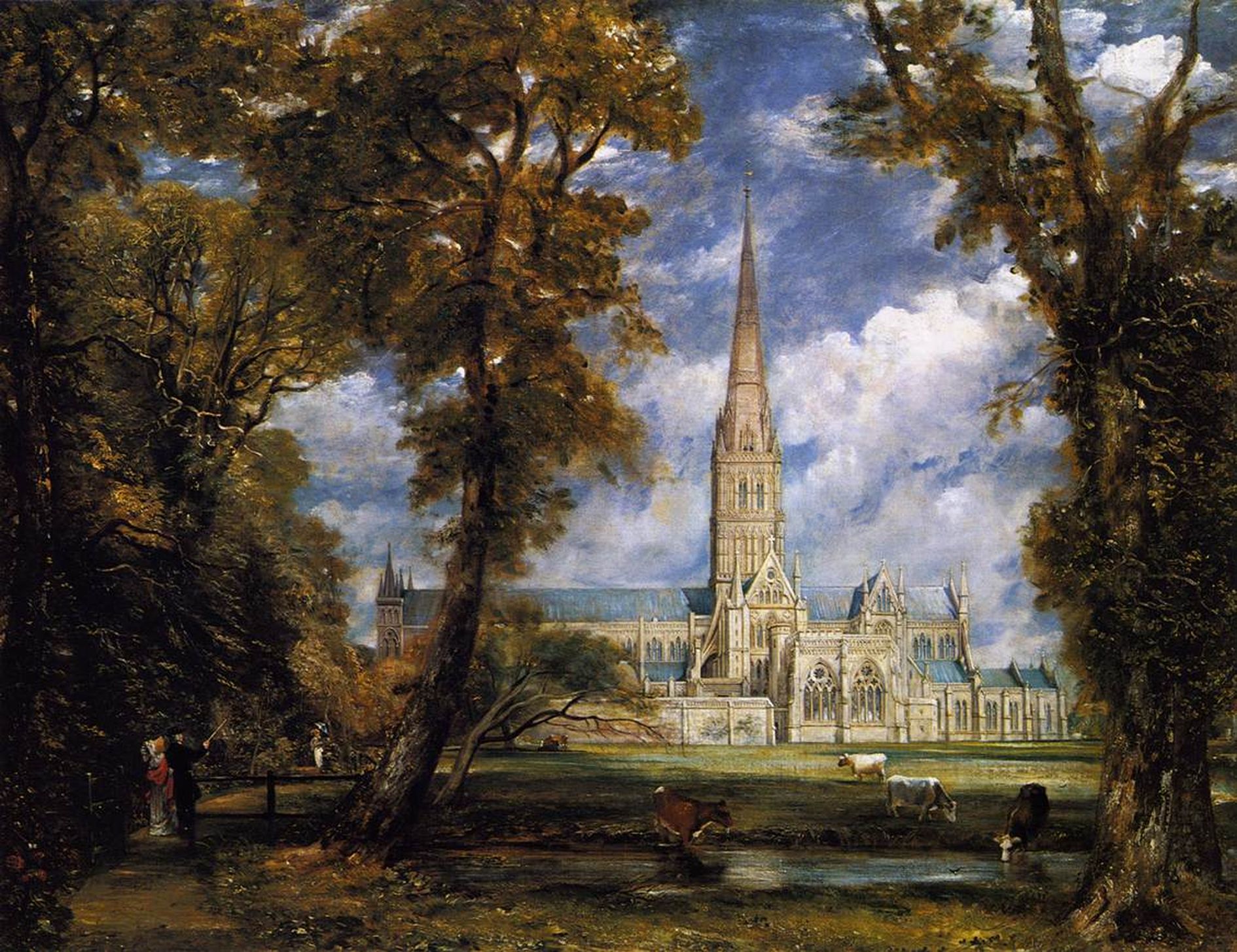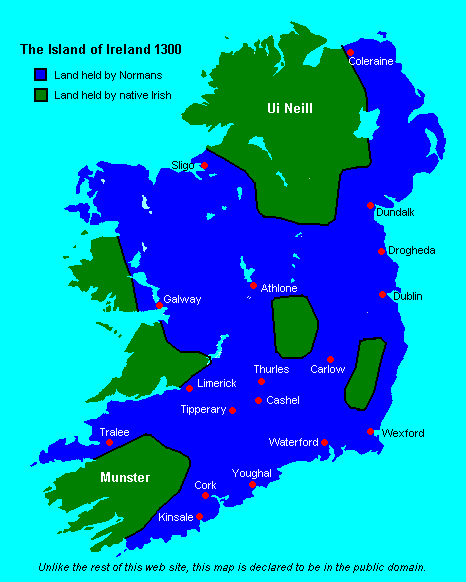|
Richard Óg De Burgh
Richard Óg de Burgh ( ; fl. early-to-mid 13th century) was an Anglo-Irish noble and soldier who was the ancestor of de Burgh/Burkes of Clanricarde. Background Richard Óg de Burgh is alleged in some post-medieval sources to have been a younger, illegitimate son, of William de Burgh (the elder), Governor of Limerick, Seneschal of Munster (died 1206). However, recent scholarship has shed light on the true early ancestry of the de Burgh (Burke) family, most notedly that Richard Óg de Burgh, illegitimate son of William de Burgh (d. 1206), never existed and was a complete genealogical invention. Both Oxford Dictionary of National Biography articles published in the 21st century on William de Burgh (died 1206) and his son Richard de Burgh (died 1243) confirm that the elder William (died 1206) had only one son named Richard de Burgh (died 1243). As such, it is widely accepted amongst eminent genealogical historians that William de Burgh (died 1206) had just three sons (Richard Mó ... [...More Info...] [...Related Items...] OR: [Wikipedia] [Google] [Baidu] |
Anglo-Irish
Anglo-Irish people () denotes an ethnic, social and religious grouping who are mostly the descendants and successors of the English Protestant Ascendancy in Ireland. They mostly belong to the Anglican Church of Ireland, which was the established church of Ireland until 1871, or to a lesser extent one of the English dissenting churches, such as the Methodist church, though some were Roman Catholics. They often defined themselves as simply "British", and less frequently "Anglo-Irish", "Irish" or "English". Many became eminent as administrators in the British Empire and as senior army and naval officers since Kingdom of England and Great Britain were in a real union with the Kingdom of Ireland until 1800, before politically uniting into the United Kingdom of Great Britain and Ireland) for over a century. The term is not usually applied to Presbyterians in the province of Ulster, whose ancestry is mostly Lowland Scottish, rather than English or Irish, and who are sometim ... [...More Info...] [...Related Items...] OR: [Wikipedia] [Google] [Baidu] |
Geoffrey De Burgh
Geoffrey de Burgh (; ; ; 1180 – 8 December 1228) was a medieval English cleric who was Archdeacon of Norwich (1200–1225), Bishop of Ely (1215–1219, 1225–1228) and the brother of William de Burgh and Hubert de Burgh, 1st Earl of Kent. Life Geoffrey de Burgh was the son of Walter de Burgh of Burgh Castle, Norfolk, and his wife Alice, and the younger brother of William de Burgh and Hubert de Burgh, Earl of Kent.Karn "Burgh, Geoffrey de" ''Oxford Dictionary of National Biography'' He was born no later than 1180 or so (based on his appointment as archdeacon in 1200). The name of his father is not known, but his mother's name was Alice and the family was from Norfolk and was of knightly status. Geoffrey was Canon of Salisbury Cathedral and Treasurer of the Exchequer before being named Archdeacon of Norwich (1200).Greenway Fasti Ecclesiae Anglicanae 1066–1300: Volume 2: Monastic Cathedrals (Northern and Southern Provinces): Norwich: Archdeacons of Norwich' ... [...More Info...] [...Related Items...] OR: [Wikipedia] [Google] [Baidu] |
Military Personnel From County Limerick
A military, also known collectively as armed forces, is a heavily armed, highly organized force primarily intended for warfare. It is typically authorized and maintained by a sovereign state, with its members identifiable by their distinct military uniform. It may consist of one or more military branches such as an army, navy, air force, space force, marines, or coast guard. The main task of the military is usually defined as defence of the state and its interests against external armed threats. In broad usage, the terms ''armed forces'' and ''military'' are often treated as synonymous, although in technical usage a distinction is sometimes made in which a country's armed forces may include both its military and other paramilitary forces. There are various forms of irregular military forces, not belonging to a recognized state; though they share many attributes with regular military forces, they are less often referred to as simply ''military''. A nation's military may f ... [...More Info...] [...Related Items...] OR: [Wikipedia] [Google] [Baidu] |
Normans In Ireland
From the 12th century onwards, a group of Normans invaded and settled in Gaelic Ireland. These settlers later became known as Norman Irish or Hiberno-Normans. They originated mainly among Cambro-Norman families in Wales and Anglo-Normans from England, who were loyal to the Kingdom of England, and the English state supported their claims to territory in the various realms then comprising Ireland. During the High Middle Ages and Late Middle Ages the Hiberno-Normans constituted a feudal aristocracy and merchant oligarchy, known as the Lordship of Ireland. In Ireland, the Normans were also closely associated with the Gregorian Reform of the Catholic Church in Ireland. Over time the descendants of the 12th-century Norman settlers spread throughout Ireland and around the world, as part of the Irish diaspora; they ceased, in most cases, to identify as Norman, Cambro-Norman or Anglo-Norman. The dominance of the Norman Irish declined during the 16th century, after a new English Pro ... [...More Info...] [...Related Items...] OR: [Wikipedia] [Google] [Baidu] |


